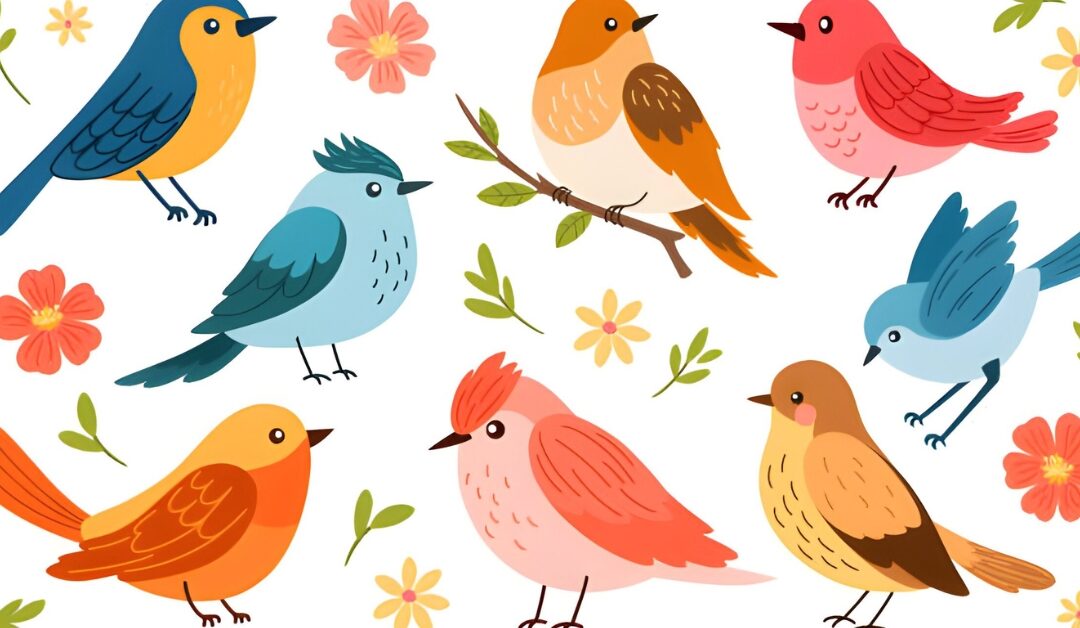Introduction
The recent surge in bird flu outbreaks has not only affected poultry farms but has also had a surprising impact on milk production. The ripple effects extend far beyond the immediate contamination of poultry, reaching into the dairy industry in ways many might not expect. For poultry farmers, understanding and mitigating these effects is crucial. This blog post will explore the connection between bird flu and milk production, offer real-world examples, and provide practical advice for navigating these challenging times.
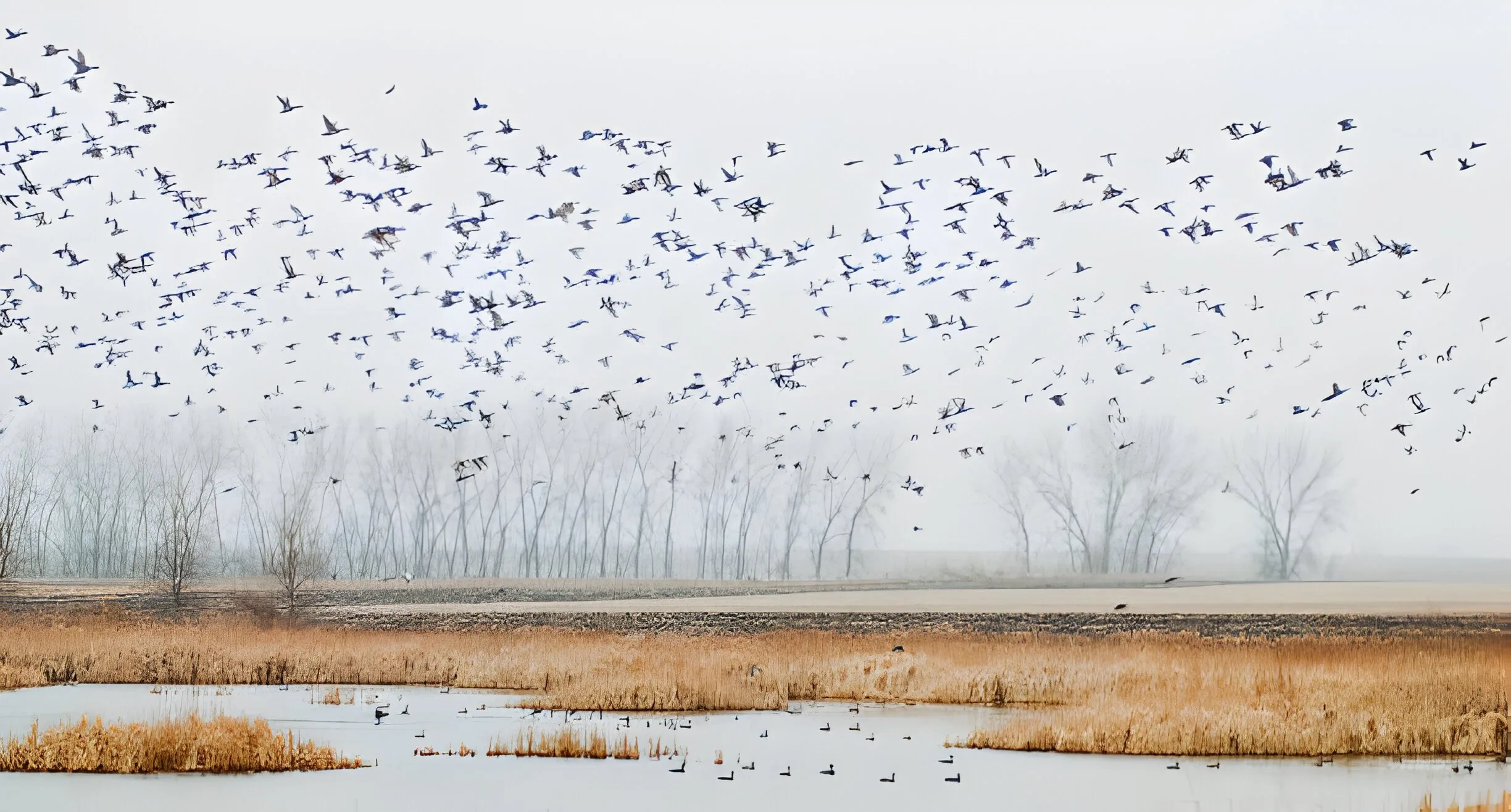
What is Bird Flu?
Bird flu, also known as avian influenza, is a viral infection that primarily affects birds but can also infect humans and other animals. The virus spreads through direct contact with infected birds, contaminated surfaces, and even through the air in some cases. Recent outbreaks have been particularly severe, leading to widespread culling of poultry flocks and significant economic losses.
The Impact on Poultry
Bird flu outbreaks can devastate poultry farms, leading to mass culls and quarantines. This not only reduces the supply of poultry products but also increases biosecurity measures across various sectors, including dairy. The economic impact is staggering, with millions of dollars lost globally due to the destruction of infected flocks.
Recent Surge in Bird Flu Cases
In recent years, there has been a noticeable increase in bird flu cases. According to the World Health Organization, there have been over 860 confirmed cases of bird flu in poultry and wild birds globally. This surge has put additional strain on already stressed agricultural systems.
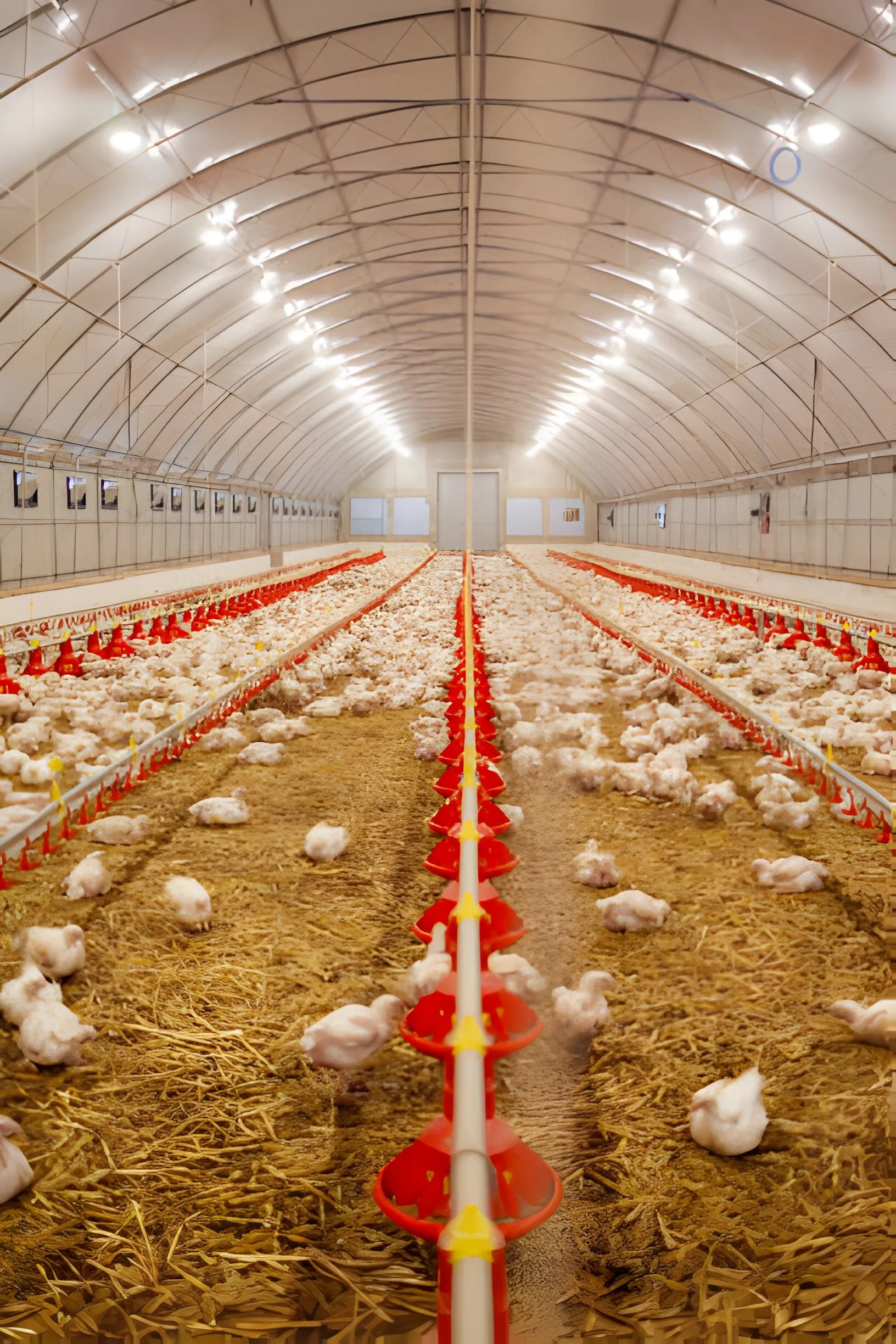
Understanding the Connection between Bird Flu and Milk Production
While bird flu directly impacts poultry, its effects ripple through the agriculture sector, indirectly affecting milk production. This may seem surprising, but several factors contribute to this connection.
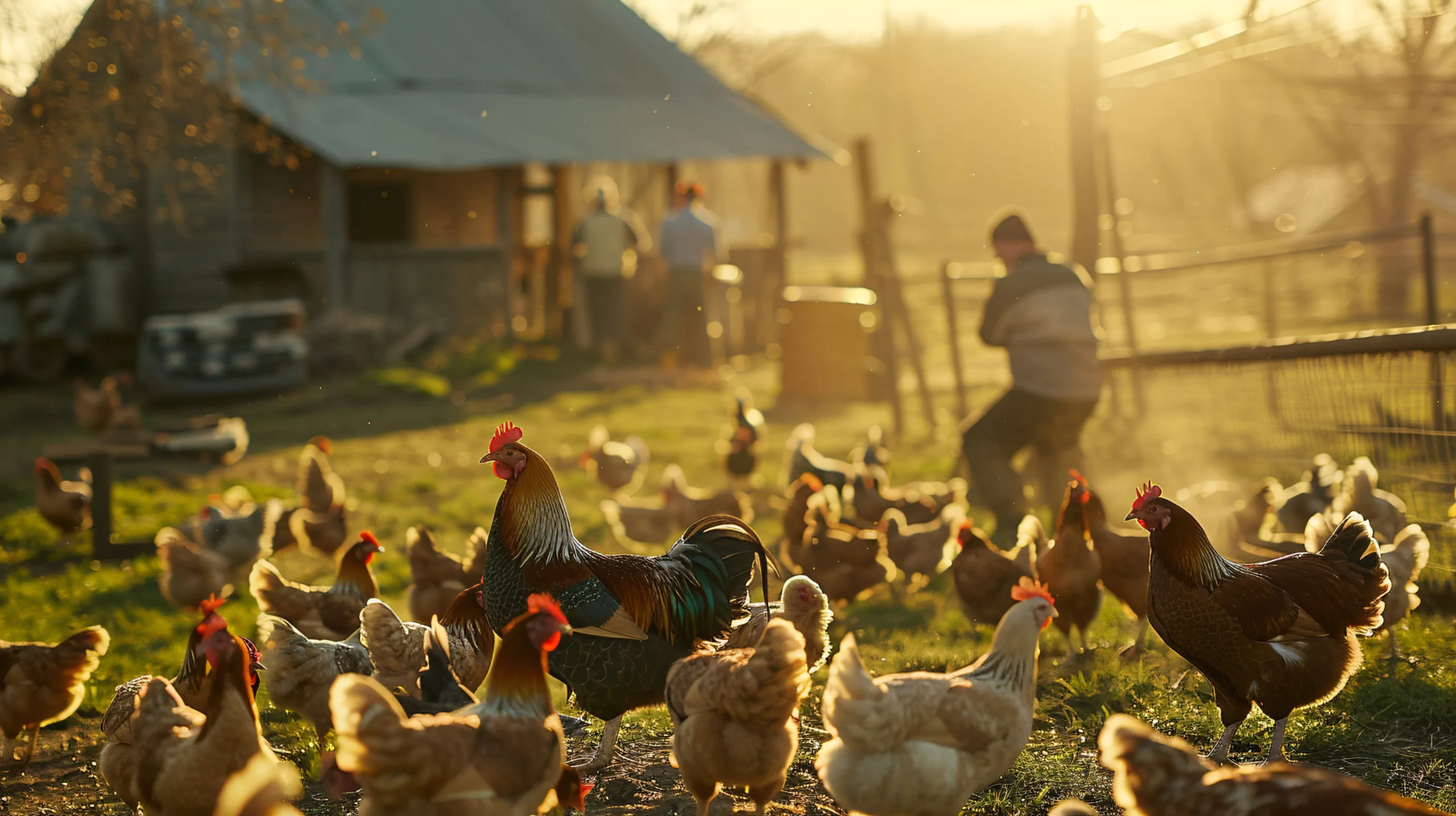
Contamination Risks
One of the most significant concerns is the potential for contamination. Dairy herds can become indirectly exposed to the virus through shared equipment, feed, and personnel who may have come into contact with infected poultry. Strict biosecurity measures are essential to prevent cross-contamination.
Biosecurity Measures in Dairy Farms
To protect dairy herds, farms must implement rigorous biosecurity protocols. This includes disinfecting equipment, quarantining new animals, and limiting farm access. While these measures are necessary, they also increase operational costs and complicate farm management.
Supply Chain Disruptions
Bird flu outbreaks can also disrupt supply chains, affecting the availability of feed and other essential supplies for dairy farms. This can lead to increased costs and reduced milk production, further exacerbating the economic impact on farmers.
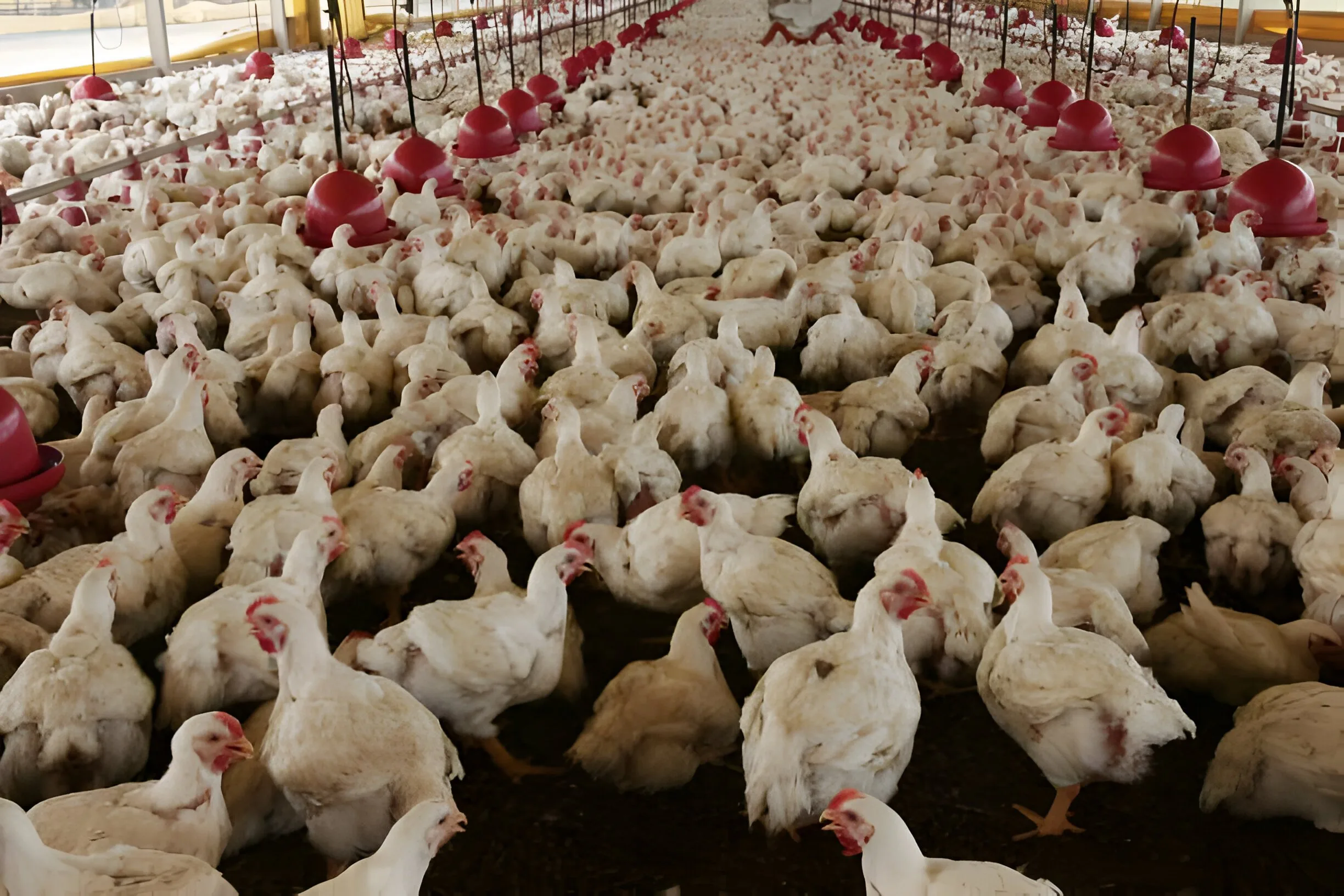
Case Studies
Real-world examples illustrate the far-reaching impact of bird flu on milk production. Here, we examine notable cases and their specific effects on dairy farms.
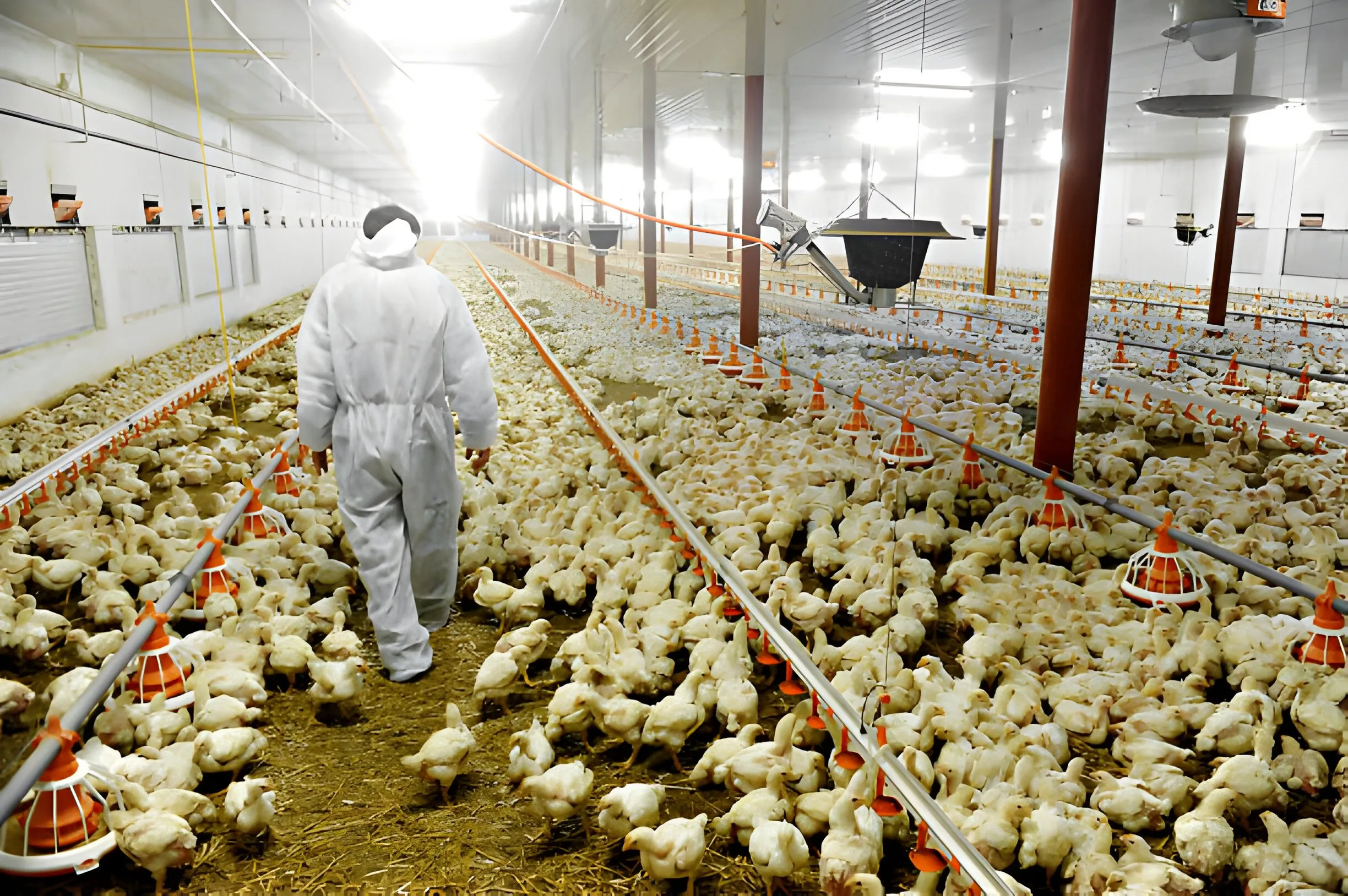
The Midwest Outbreak
In the Midwest, a severe bird flu outbreak led to the culling of millions of poultry birds. This not only devastated the poultry industry but also affected nearby dairy farms. Emily Johnson, a dairy farmer, noted, “Our dairy farm, which is not directly affected by bird flu, has had to implement strict biosecurity measures to protect our herd from potential contamination, illustrating the far-reaching impact of this outbreak on diverse agricultural sectors.”
European Impact
In Europe, bird flu outbreaks have similarly affected dairy production. In affected regions, milk production decreased by an estimated 15% due to biosecurity measures and supply chain disruptions. Dr. John Smith, a poultry health specialist, stated, “The bird flu outbreak has not only devastated our poultry flocks but has also led to significant disruptions in our milk production chain, posing unprecedented challenges to the entire farming community.”
Asian Scenario
Asia has also seen significant bird flu outbreaks, with substantial impacts on both poultry and dairy industries. In some areas, milk prices have skyrocketed due to reduced supply and increased production costs, further straining consumers and farmers alike.
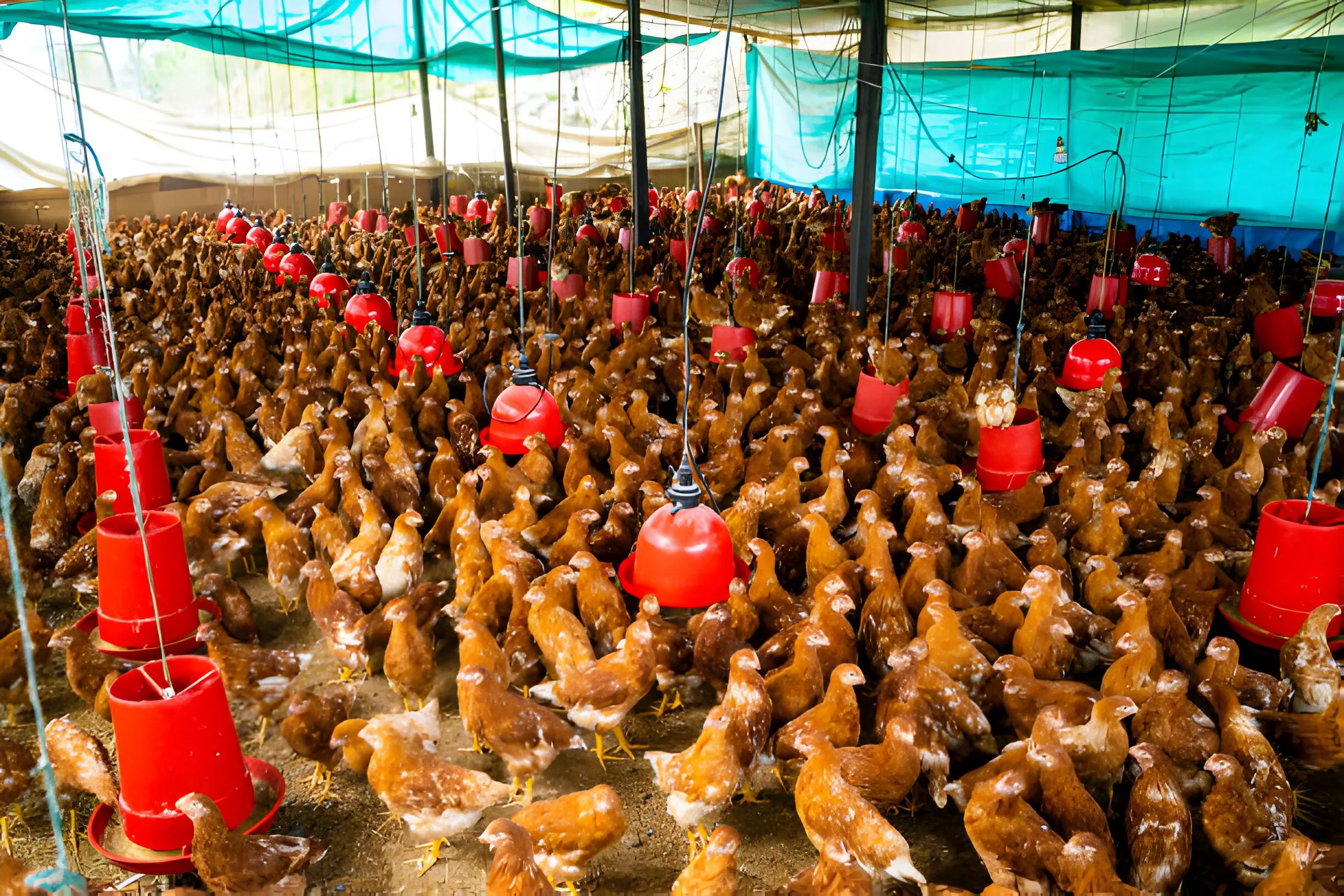
Challenges Faced by Poultry Farmers
Bird flu poses numerous challenges for poultry farmers, extending beyond immediate flock losses. Here, we explore the economic and operational hurdles they face.
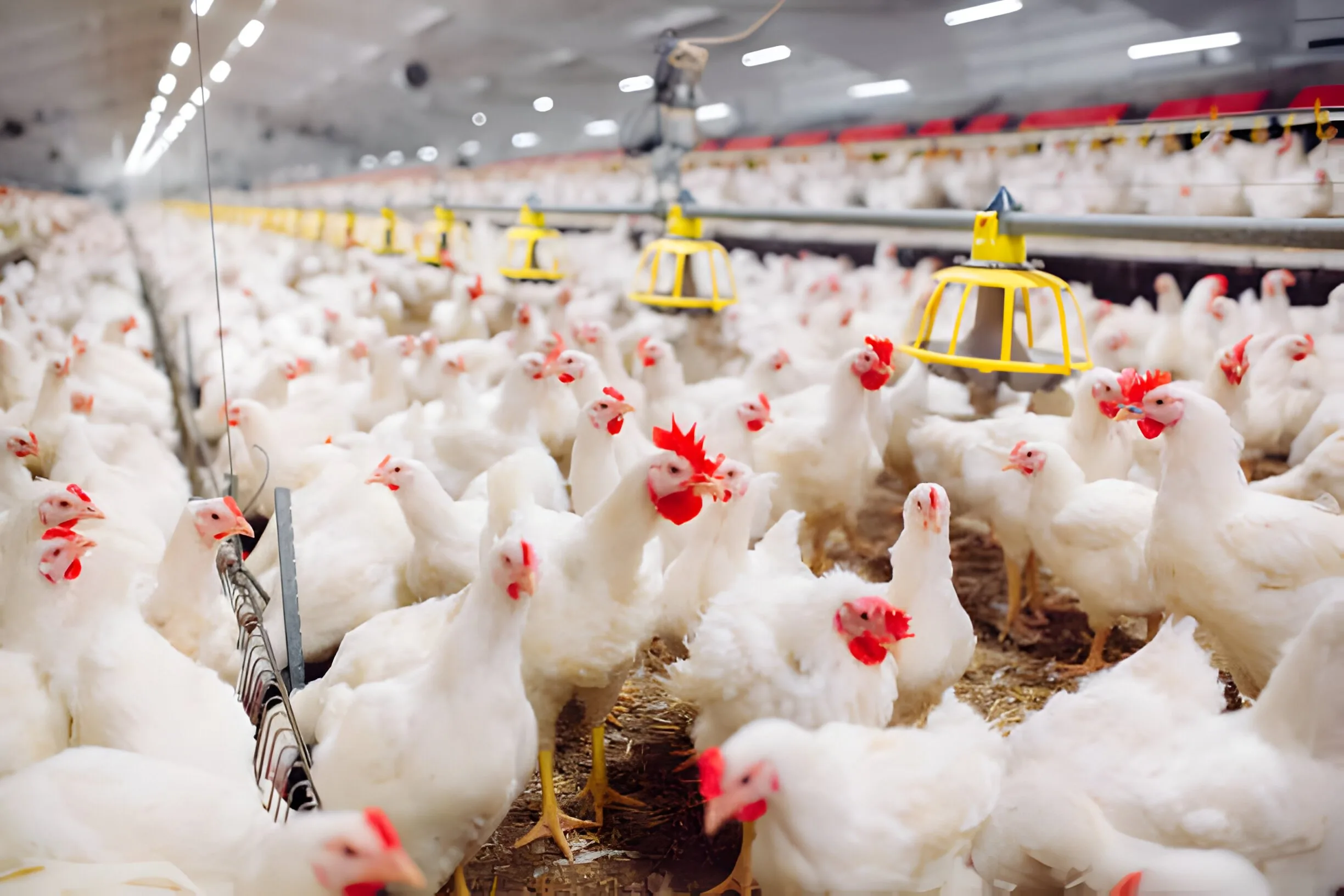
Financial Strain
The financial strain of bird flu outbreaks is immense. Farmers must contend with the loss of income from culled birds, increased biosecurity costs, and reduced market demand. These financial pressures can be overwhelming, particularly for small-scale farmers.
Operational Disruptions
Operational disruptions are another significant challenge. Implementing biosecurity measures, managing quarantines, and navigating supply chain issues all complicate day-to-day farm operations. This can lead to reduced efficiency and increased stress for farmers and their workers.
Community Impact
The impact of bird flu extends to the broader farming community. Outbreaks can lead to job losses, reduced economic activity, and increased mental health challenges for those affected. Building resilience and support networks is crucial for helping communities recover and thrive.
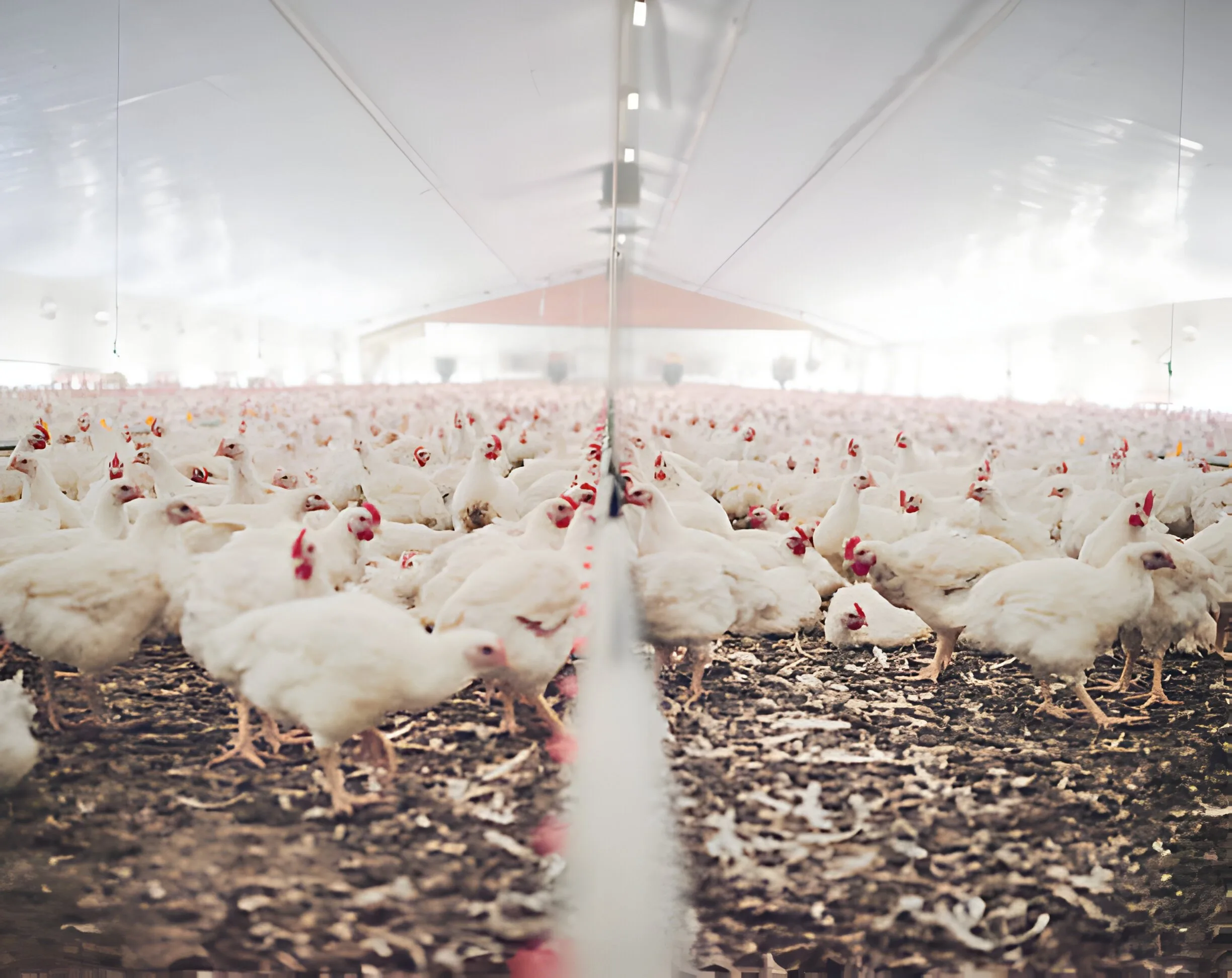
Mitigation Strategies
Despite the challenges, there are steps that poultry and dairy farmers can take to mitigate the impact of bird flu on milk production and overall farm operations.
Enhanced Biosecurity
Implementing and maintaining robust biosecurity measures is essential. This includes regular disinfection, quarantining new animals, and ensuring that all farm personnel follow strict hygiene protocols. Investing in biosecurity training and resources can pay significant dividends in preventing outbreaks.
Diversifying Supply Chains
Diversifying supply chains can help mitigate the impact of disruptions. Sourcing feed and supplies from multiple providers reduces the risk of shortages and ensures a more stable operation. Establishing relationships with local suppliers can also provide additional resilience.
Government Support
Advocating for government support and subsidies can provide much-needed relief for farmers affected by bird flu. Financial assistance, access to resources, and policy support can help farmers recover and rebuild more quickly.
Conclusion
The impact of bird flu on milk production is a complex and multifaceted issue that affects not only poultry but also dairy farms. For poultry farmers, understanding these connections and implementing effective mitigation strategies is essential. By enhancing biosecurity measures, diversifying supply chains, and advocating for government support, farmers can better navigate the challenges posed by bird flu outbreaks.
We are committed to supporting farmers through these difficult times. If you need assistance or want to learn more about how to protect your farm from the impact of bird flu, don’t hesitate to reach out. Together, we can build a resilient and thriving agricultural community.
—
By adhering to these guidelines and implementing the suggested strategies, farmers can better protect their livelihoods and ensure the continued production of high-quality milk even in the face of bird flu outbreaks.

